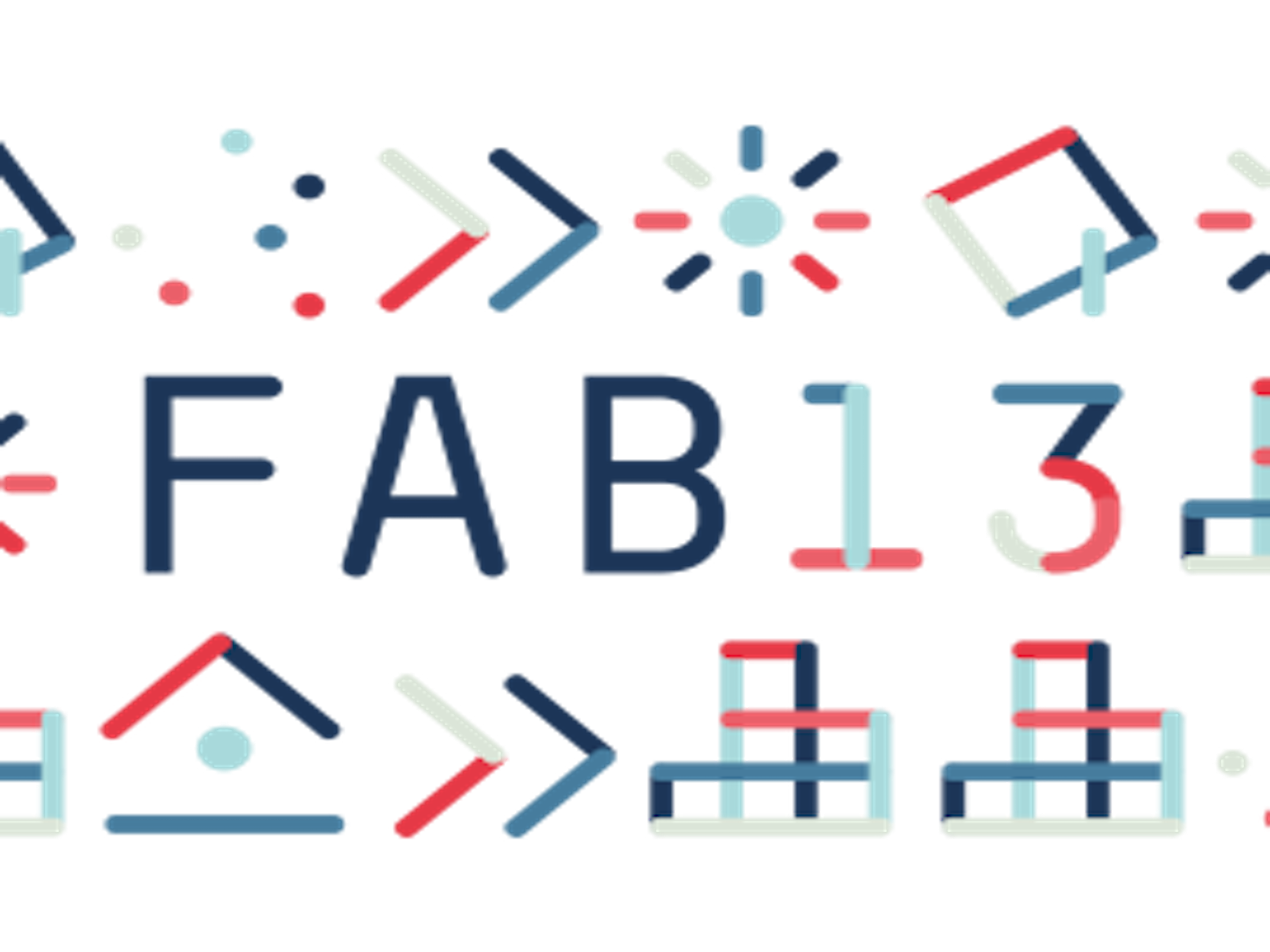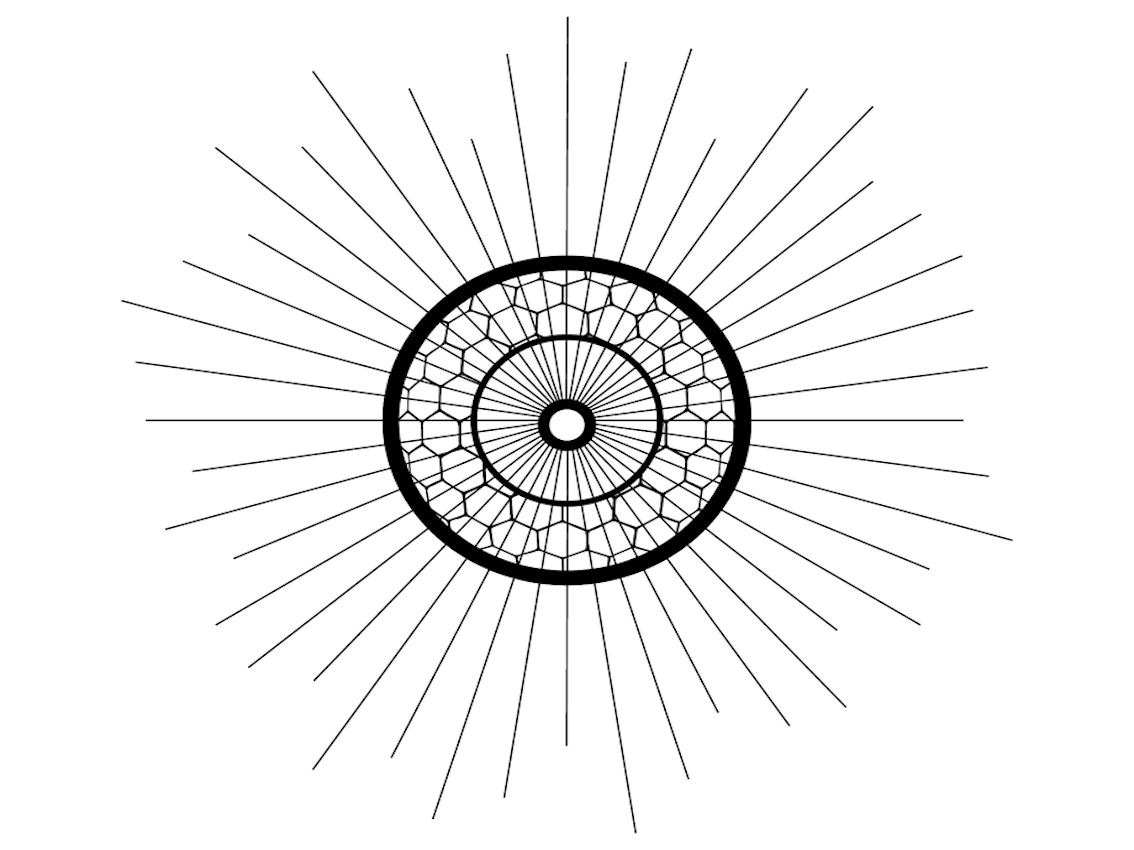Week 18: Invention, Intellectual Property, and Income
This week our task was to:
✔Develop a plan for dissemination of your final project, and
✔ Prepare a summary slide (presentation.png, 1280x1024) and video clip (presentation.mp4, 1080p HTML5, < ~minute, < ~10 MB)
in your root directory".
My dissemination plan is detailed below, while my summary slide can be viewed in my final project showcase here
Dissemination Plan
My plan for disseminating my final project involves the following main initiatives:I discuss the issues of invention, intellectual property, and income as follows:
Invention
The idea behind the eTester is the hope of helping build an ecosystem of innovation around materials characterization technology. In order to better understand and make informed choices about the materials in a Fab Lab (those that are non-standard, or even those that come from alternative suppliers), tools that can scientifically test material properties are needed. My hope is that the eTester will inspire others to replicate this method of testing materials (not just the actual tool). The method itself is elegant - a non-destructive way to measure the elasticity of a material by “listening” to it. After the experience of making the eTester, I am convinced more than ever that accessible tools like this are the way forward to create local knowledge capacity about materials in Fab Labs. But many challenges remain: first, the communication of the “why” question - why testing materials are useful. Then there is the “how” - the methodology question. Creating a functional instrument is thus the first setup in the invention process: if the goal is to create a community for materials testing, the motivation and methodology has to be as elegant and replicable as the technology itself. These are the next steps for the eTester development.
Over the next year I plan to streamline the interface, components and assembly instructions, and write the methodology and motivation for test materials. I will also use it to test new local bioplastics as well as standard materials in a Fab Lab, to showcase its use in modelling, design and fabrication. Finally, my aim is to encourage those interested in making new materials to replicate the eTester in their Fab Lab, and measure their new recipes. We can then share locally produced data on materials…with the hope of inspiring even more materials experimentation and testing.
I believe the most important focus of this “invention” path is to start a conversation between people across the world who are interested in knowing more about their material world. The eTester is just the beginning - it is a conversation starter. I hope that people will come up with new, better, and complementary methods for testing materials, to get at the information that most intrigues them.
Intellectual Property
I decided to disseminate the eTester under the Creative Commons Attribution 4.0 International License. In making my decision, I reviewed both the MIT License as well as the GNU General Public License.
According to my approach to invention, I had three criteria for my license:
- Allow sharing and copying
- Allow improvement, modification
- Have a condition that any use and modification are attributed, thereby crediting the inventors and allowing traceability in an open community
Synopsis: “Everyone is permitted to copy and distribute verbatim copies of this license document, but changing it is not allowed.”
- Allow sharing and copying (yes)
- Allow improvement, modification (no)
- Require that any use and modification are attributed, thereby crediting the inventors and allowing traceability in an open community (no)
Synopsis: “Permission is hereby granted, free of charge, to any person obtaining a copy of this software and associated documentation files (the "Software"), to deal in the Software without restriction, including without limitation the rights to use, copy, modify, merge, publish, distribute, sublicense, and/or sell copies of the Software, and to permit persons to whom the Software is furnished to do so, subject to the following conditions: The above copyright notice and this permission notice shall be included in all copies or substantial portions of the Software.”
- Allow sharing and copying (yes)
- Allow improvement, modification (yes)
- Have a condition that any use and modification are attributed, thereby crediting the inventors and allowing traceability in an open community (no)
- Allow sharing and copying (yes)
- Allow improvement, modification (yes)
- Require that any use and modification are attributed, thereby crediting the inventors and allowing traceability in an open community (yes)


